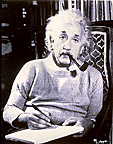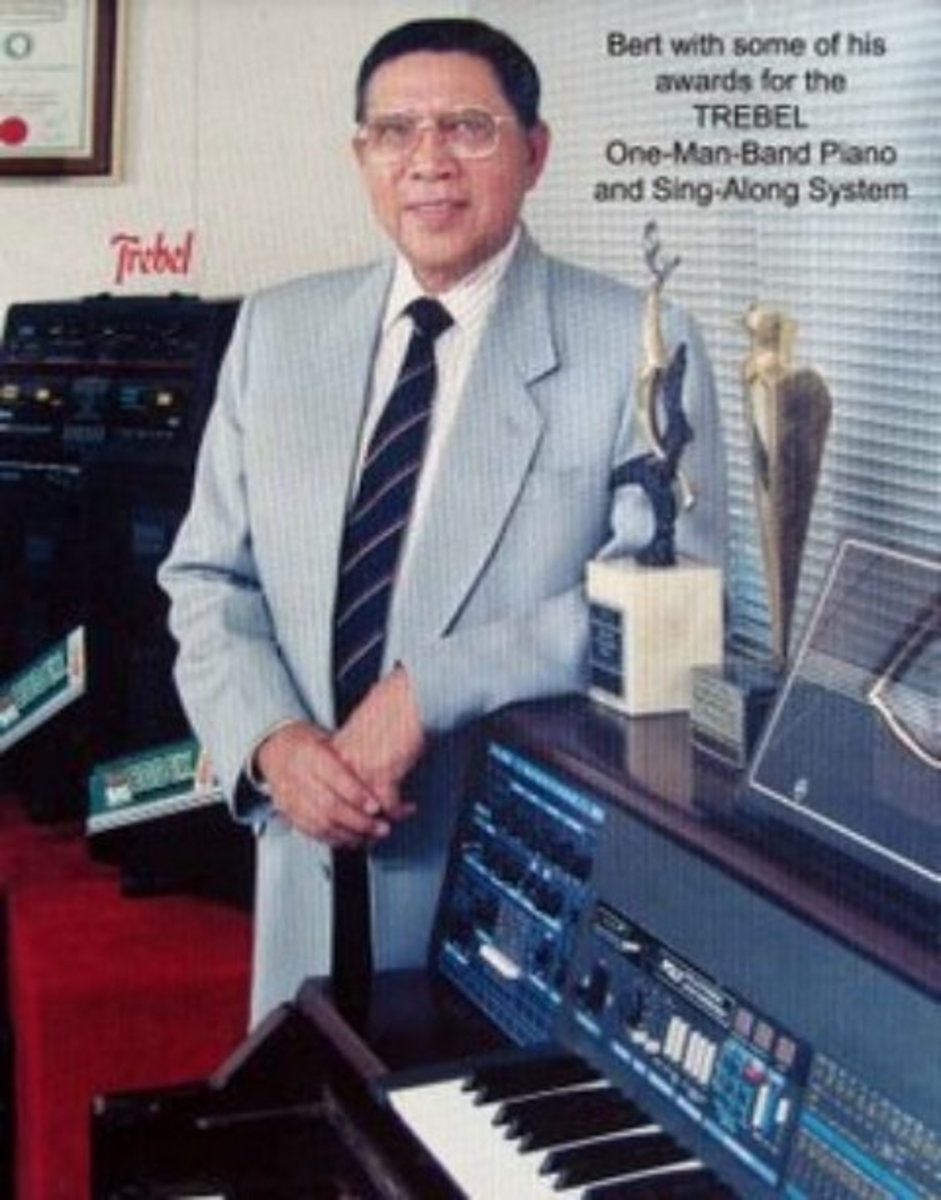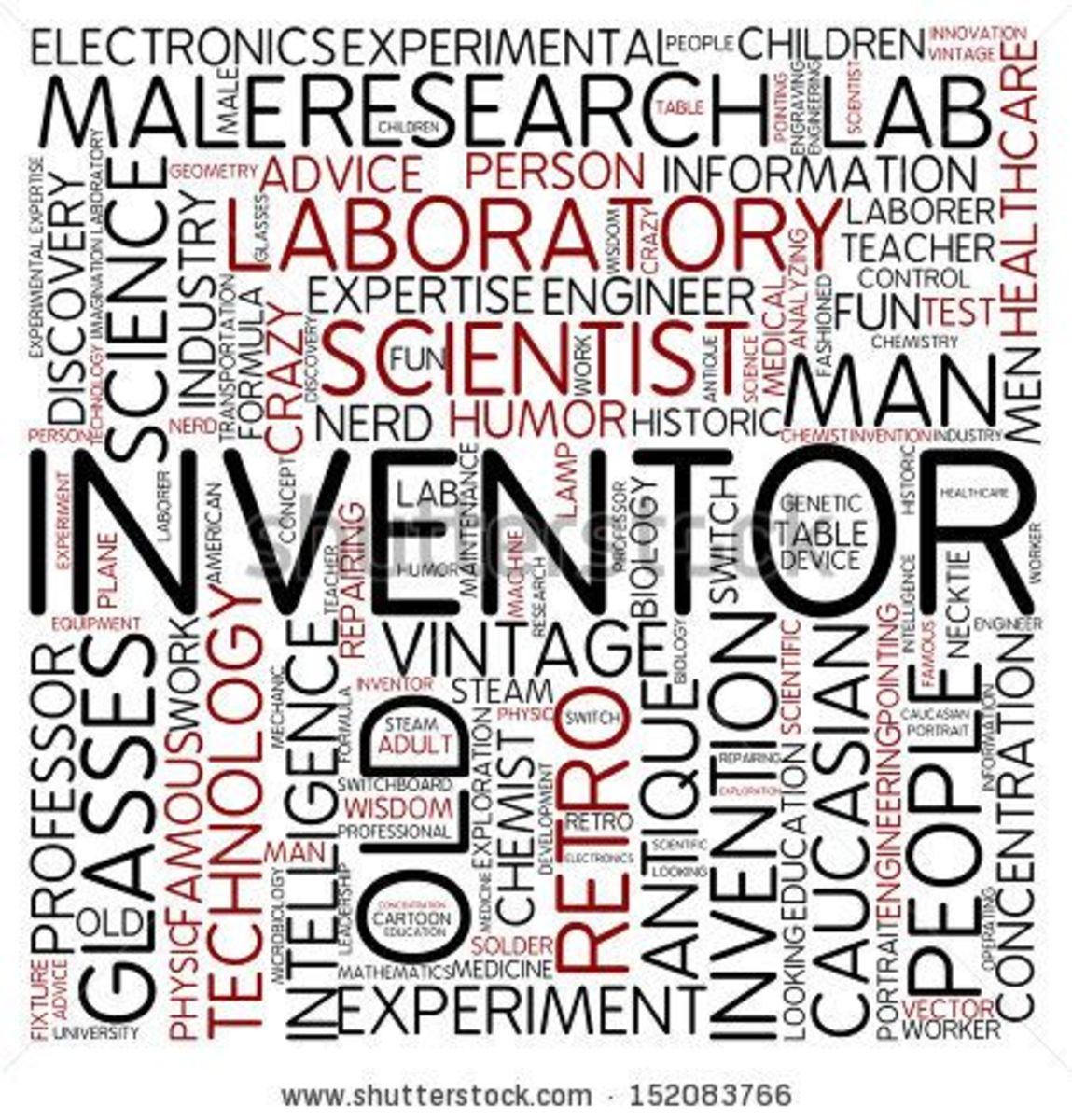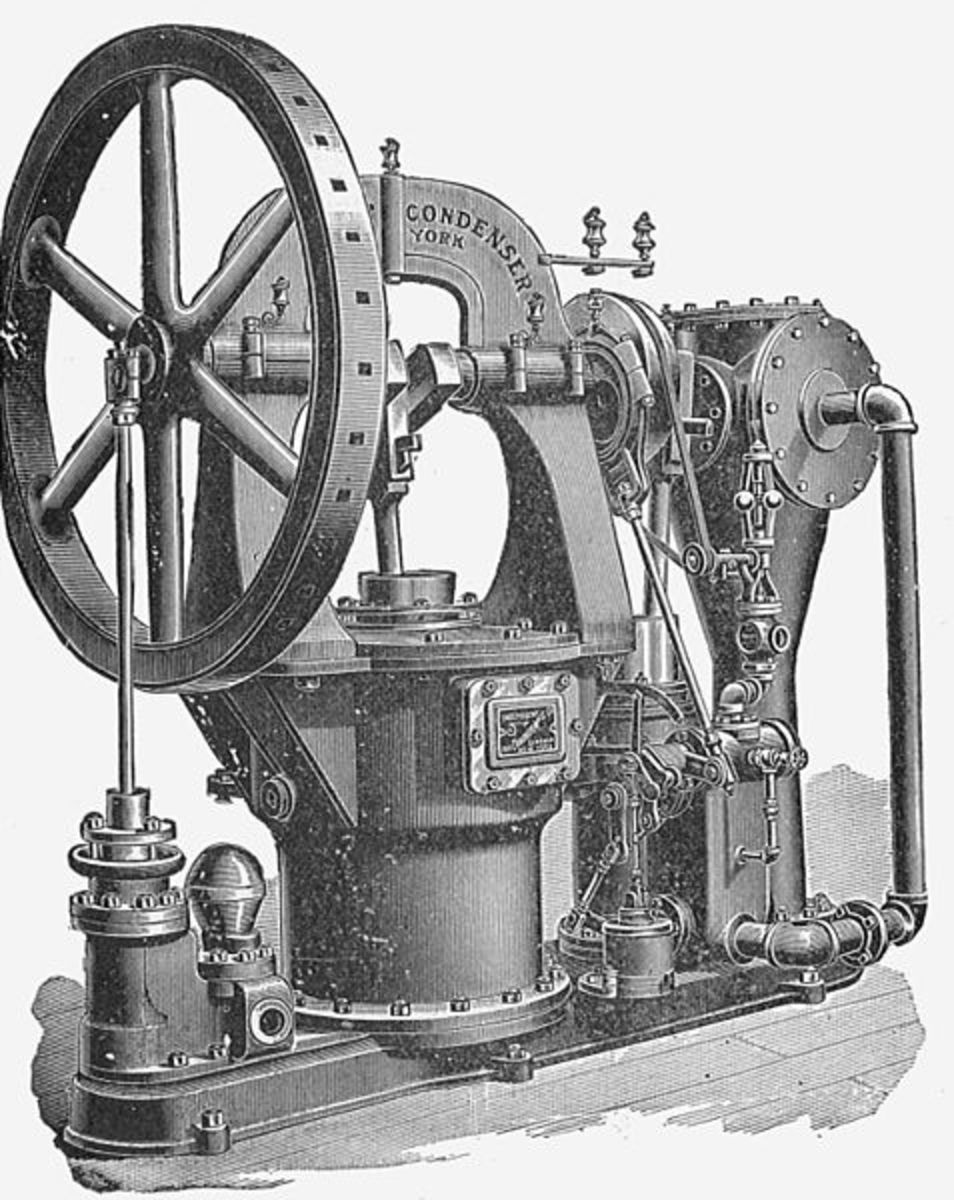- HubPages»
- Education and Science»
- History & Archaeology»
- Major Inventions & Discoveries
In the Midst of the Storm 2: European American Inventors and their Contributions to the American Dream.

Necessity: The Mother of Inventions.
The term European Americans in this hub will refer to White Americans of European origins who were members of the early settlers from England. It also refers to White Americans born in the United States who are decedents of these earlier settlers. The term European and White Americans will be used interchangeably.
European history, captured from the American perspective, has always attempted to glorify the struggles of White Americans thereby suggesting that every historical moment was a planned event and every mistake contributed to a major discovery or a much needed technological invention. Often times this glorification excluded the human aspect of the European American struggles and denies the student of history the opportunity to look deep inside this closed European American socio-political society to truly appreciate their personal struggles and actual contributions. Unlike other racial groups in America, it has been historically difficult for White Americans to share their failures, their sorrows, and their insecurities with non-whites, as a group. This was perhaps because of their desire for survival in the new world and the personal storms they encountered in arriving to the American shores. They certainly experienced hard times and personal losses while crossing the rough seas of uncertainty – losing loved ones to the raging waters of an unforgiving ocean. They struggled to maintain a strong and unified presence in the midst of the Native Americans, and other racial groups they encountered such as Alaskan and South Americans. They were motivated by a desire to never show fear, never count their casualties during battle and most of all – prove to their native Englanders that they could, an would succeed against all odds.
These psychological strategies lead to a desire to report only success stories at the expense of truth to nationalize a sense of cultural norms and racial supremacy. Unfortunately such strategies omitted critical information which, if included - would have perhaps lightened the accusation of 'racism' or racists' levied upon the entire white race. Information like white slavery. For an example, it is a well documented, historical fact that White Americans were once owned, and sold by Blacks, and Native Indians, as well as by other whites. In fact, the extent of Black and Native American ownership of whites was so prevalent in the south that the Virginia Assembly passed a law against the practice. Until the law was passed whites were sold on auction blocks, in chains - by Blacks, Native Indians, Mexicans, and other Whites. They had their teeth checked and muscles probed, like cattle. They were stripped naked and their families were split up and treated like commodities. They were treated as badly as the imported Africans who later proceeded them. By the time the first African landed on the American shores White slavery was already an institution and Black Africans simply became a part of a historical institutions by which policies and practices of mistreatment was already established.
However, White Americans drive for survival, and ability to move forward generated an atmosphere of unity, comrade, accomplishments, commitment, and faithfulness to the cause for unity. It became a very closed and inclusive society whereby truth was relevant only if it supported the dream. This was an effort to build a monolithic society based on a common set of core values. Under such a philosophy 'truce' became a priority above 'truth'. Racial dominance took presidence over racial inclusion - with 'fear' as the common denominator. It was the same philosophy used among conquerors of earlier ancient European dynasties – a philosophy which suggests that “History favors the victor" who is often times the writer and whatever the writer writes subsequently becomes history thereby predefining a certain moral system for generations to follow. It was from this philosophy that the foundation of early American History was formed making it acceptable to omit significant contributions made by others solely for the benefit and survival of a few. However, the technology of the 21st Century has produced new archeological evidence which suggests that some history lessons thought to be true was in fact - false; such as the discovery of America by then Christopher Columbus. As new research data is revealed to the masses regarding early American Historical events, the glorification of the European struggles becomes more and more suspicious among other groups, and to a large extent some European Americans - as to what inventions White Americans actually created compared to what inventions they took, or were given credit for.
This suspicion has created a need, and in most cases a demand for a review and update of American History as it is currently being taught in both the American Public and Private schools. It has also generated an atmosphere of mistrust towards White Americans and a demand for truth and honesty in education where it relates to the American historical experience. It is a demand for inclusion of the contributions of all races to the development of the United States - or – at least to list the achievements of other races alongside that of White Americans to show the continuity of progressiveness as oppose to selecting a small somewhat insignificant chapter in the back of the book dedicated to the contributions of others. These inclusions will perhaps eliminate the need for separate “Ethnic” studies thereby reducing the cost of education while bringing the races closer together through recognition, tolerance, and acceptance – and subsequently eliminate the need for separate ethnic month recognition such as Black History, etc.. Without this inclusion it will be forever assumed – by some minority groups - that the only significant contributions White Americans made to the American infrastructure, either technical or social was racism, war, exploitation of natural resources, and lies.
Of course such accusations are far from the truth and the massive collections of White American technological inventions should dispel the slightest notions. It is difficult however, to pinpoint specific White American inventors through research as there is an assumption that all inventions were created by White Americans unless otherwise specified, mainly because it is historically common knowledge, as well as customary throughout the ages that the dominant race never have to separately identify themselves or their achievements – as a race. Therefore, every inventor or invention not ethnically specified falls under the category of “White American Inventors - or – American Inventions”. It is from this viewpoint, using the title “American Inventors” and “American Inventions” that I will attempt to acknowledge the technological contributions of White Americans to the American Dream - in the midst of their storms.
The technological contributions of White Americans are vast and very diverse in scope ranging from food, medicine, science, as well as engineering, to name a few. These inventions are numerous and have lead to significant improvements in the standard of living for all Americans, and the world as a whole. During the infancy of the United States, amidst the storms of personal struggles, White American inventions mirrored that of their British counterparts, adopting the foundations of British inventions and technology and improving on them for the benefit of the new world. As America political and economic status grew by the mid nineteenth century the level of technological advancements became equal among the two respective countries. Eventually, White Americans perfected their inventions so well that they surpassed their British counterparts making the United Stated a technologically recognized world power.
American inventors then began to export their inventions back to the mother country. A few of these early and major inventions included the McCormick reaper, the Colt revolver, and Patent locks founded by a team called Day and Newell. Earlier inventions during this time also included the Singer sewing machine. American inventions somewhat slowed down during the Civil War but rapidly increased afterwards with the invention of Alexander Graham Bell’s telephone and continued throughout the nineteenth century and into the 20th century where the American inventor and their inventions became dominant in British life with magnificent inventions pioneered by the invention of Henry Ford’s automobile. These remarkable inventions also included manned flights, skyscrapers, and computers. White American has also been credited for inventing a list of modern day marvels such as; The US Constitution,
The Telescope, Microscope, Automobile, Television, Electricity, Aircraft, The Piano, Electric Engineering, Telephone, Theory of Evolution, The Wormhole, Space travel, Moon landings, Banks/Banking, The Jet Engine, The discovery of DNA, The discovery of the Atom, The discovery of Cells, Satellite,
The Camera American and British inventors James Watson and Francis Crick joined forced in the discovery of DNA. After the invention of the Steam Engine by British inventor James Watts, American inventors quickly seized on the concept and perfected the invention with the idea of steam power to propel boats. Another famous American inventor was known as James B Eads (1820-1889) who designed the infamous St. Louis Bridge. American born engineer Joseph Henry (1797-1878) invented the world renowned Telegraph in 1830.
American inventors have generated more than 6 million patents since 1790 which increased dramatically during the 19th century, stimulated mainly by the American industrial revolution. However, the mid to late nineteenth century became the golden age for American inventions. The technology envisioned by American inventors has improved our standard of living and linked us across physical and cultural divides. For more information on American inventors and their inventions visit the Smithsonian Institute (http://www.si.edu/), where thousands of models are being preserved.
The success of the early American Colonies which lead to the unifying of the states we now know as the United States of America are rich with significant contributions by all races and nationalities. This hub is focused on the European American contributions through the midst of their storms. I will later focus my attention on the contributions of other groups – through the midst of their storms.
Until then - Peace be with you!








